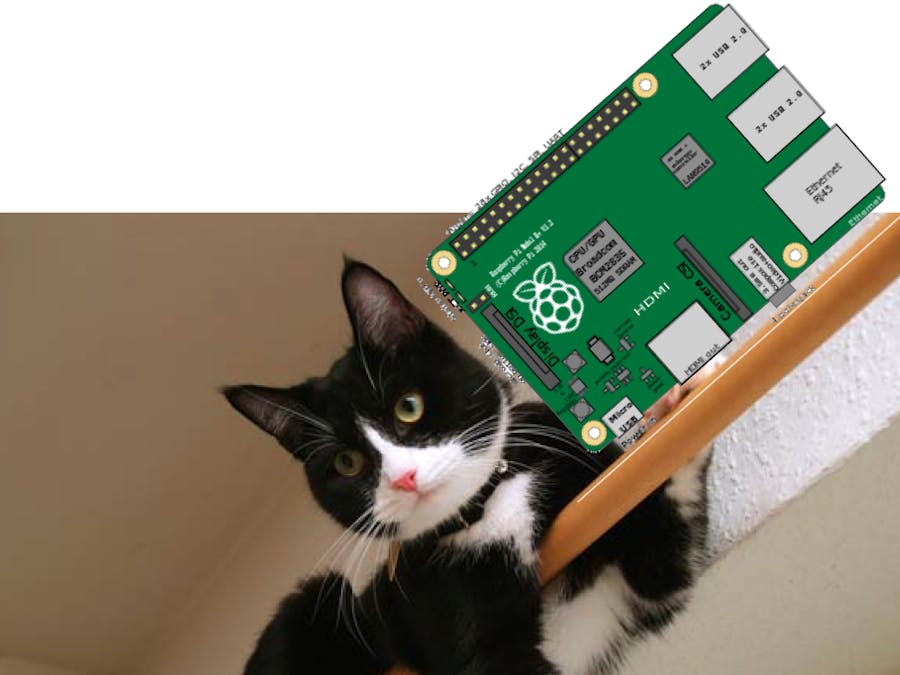Let's make a draft about the project.
Firstly I need a Raspberry Pi, which has a Linux OS, can compile Python and even has an access to the Internet. Secondary I would like to use Arduino to get some data as well as realize some basic physical reactions. Thirdly a webcam is required to capture user actions.
Finally is to make the connection to an AI chatbot.
Material List:- DFRduino UNO R3 [similar as Arduino UNO R3 ]
- and a monitor is required for Raspberry Pi
Just have everything in their right position.
Step 3: Initial Raspberry PiJust go through this Tutorial.
Hint: Just install the Raspbian.
Step 4: Test the Pi-cameraHere is a test code from pythonprogramming.net:
import io
import picamera
import cv2
import numpy
#Create a memory stream so photos doesn't need to be saved in a file
stream = io.BytesIO()
#Get the picture (low resolution, so it should be quite fast)
#Here you can also specify other parameters (e.g.:rotate the image) with picamera.PiCamera() as camera: camera.resolution = (320, 240) camera.capture(stream, format='jpeg')
#Convert the picture into a numpy array
buff = numpy.fromstring(stream.getvalue(), dtype=numpy.uint8)
#Now creates an OpenCV image
image = cv2.imdecode(buff, 1)
#Load a cascade file for detecting faces
face_cascade = cv2.CascadeClassifier('/usr/share/opencv/haarcascades/haarcascade_frontalface_alt.xml')
#Convert to grayscale
gray = cv2.cvtColor(image,cv2.COLOR_BGR2GRAY)
#Look for faces in the image using the loaded cascade file
faces = face_cascade.detectMultiScale(gray, 1.1, 5)
print "Found "+str(len(faces))+" face(s)"
#Draw a rectangle around every found face for (x,y,w,h) in faces:
cv2.rectangle(image,(x,y),(x+w,y+h),(255,255,0),2)
#Save the result image
cv2.imwrite('result.jpg',image)
Connect the Raspberry Pi and the Arduino Uno with the cable. After installing pySerial, reading data from Arduino is straightforward:
>>> import serial
>>> ser = serial.Serial('/dev/tty.usbserial', 9600)
>>> while True:
... print ser.readline()
'1 Hello world!\r\n'
'2 Hello world!\r\n'
'3 Hello world!\r\n'
Writing data to Arduino is easy too (the following applies to Python 2.x):
>>> import serial # if you have not already done so
>>> ser = serial.Serial('/dev/tty.usbserial', 9600)
>>> ser.write('5')
Hint: http://playground.arduino.cc/Interfacing/Python
Step 6: Test the Sensor and the Servo on the ArduinoI have a temperature sensor which would give feedback when (you petting the kitty) the temperature reaches some pre-set height.
I decided to have the bot make some feedback when I petting it.
eg. 'Meow! Keep going that way.'
'Purrrrrr. How is your day today my slave?'
'STILL NO GIRLFRIEND!?'
So I wanna set each of those sentences a number and make a random function to print any of those sentences on my screen (I would use ssh to connect to the Raspberry Pi) after I was petting it for ten minutes or even longer.
Step 8: Update Your CodeStep 9: Package Everything and Put Them Into a Toy Kitty








Comments
Please log in or sign up to comment.